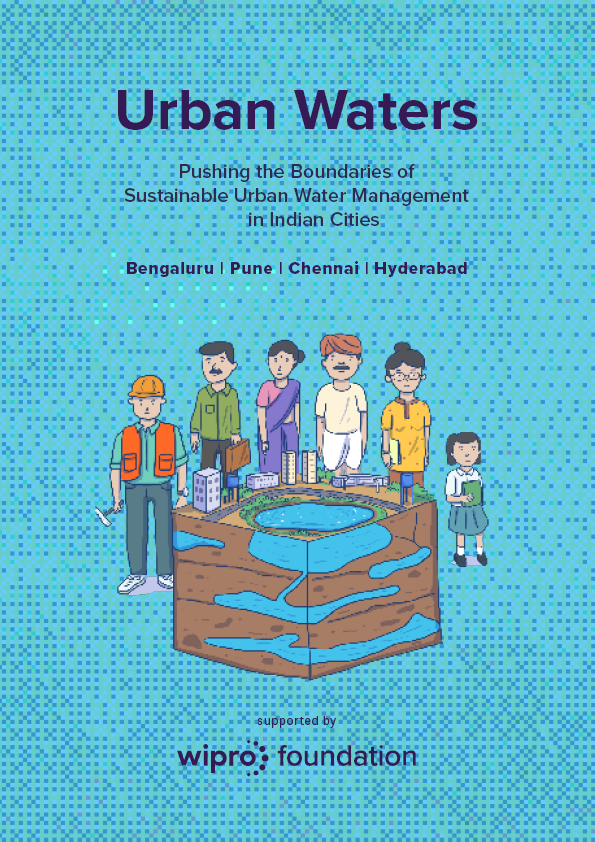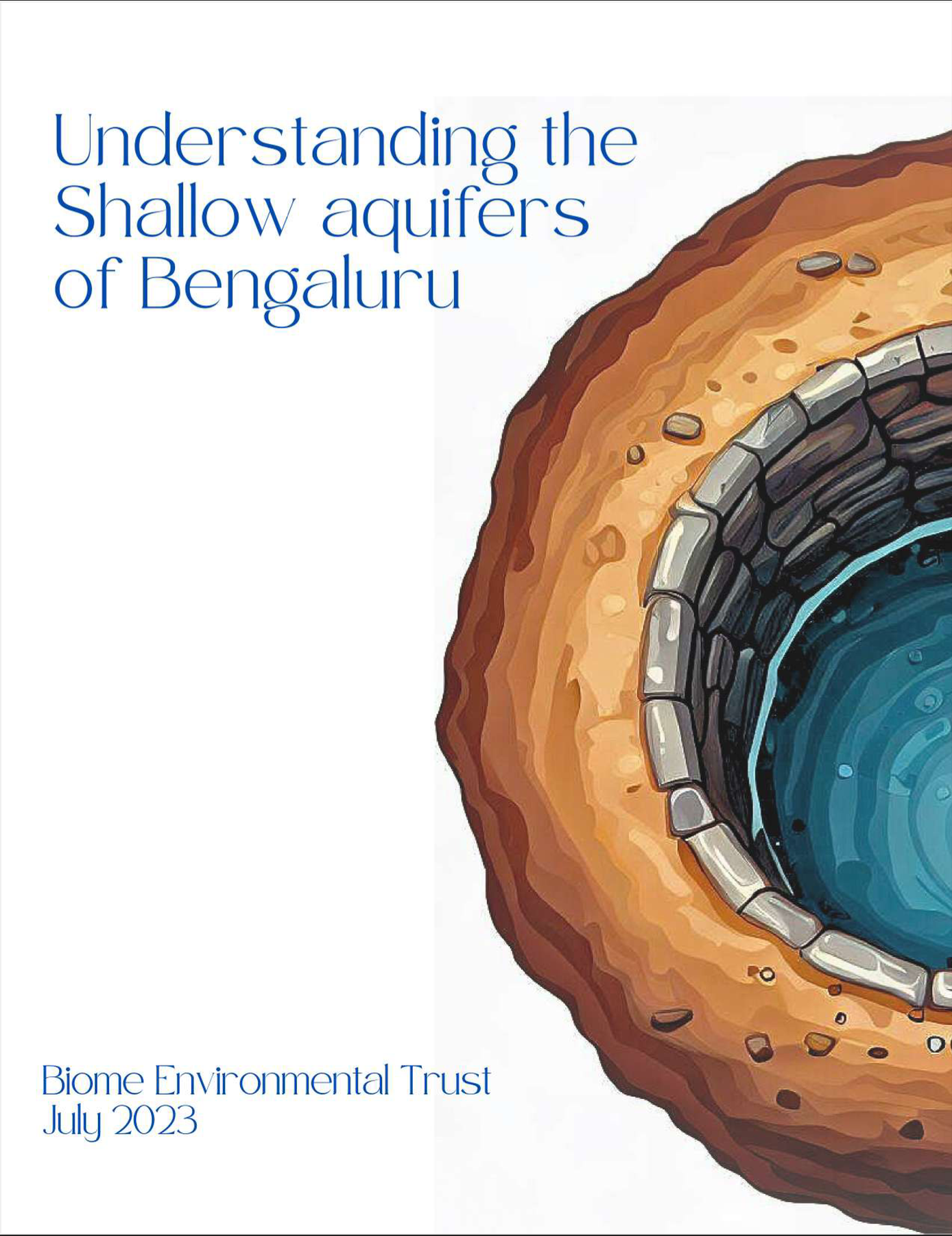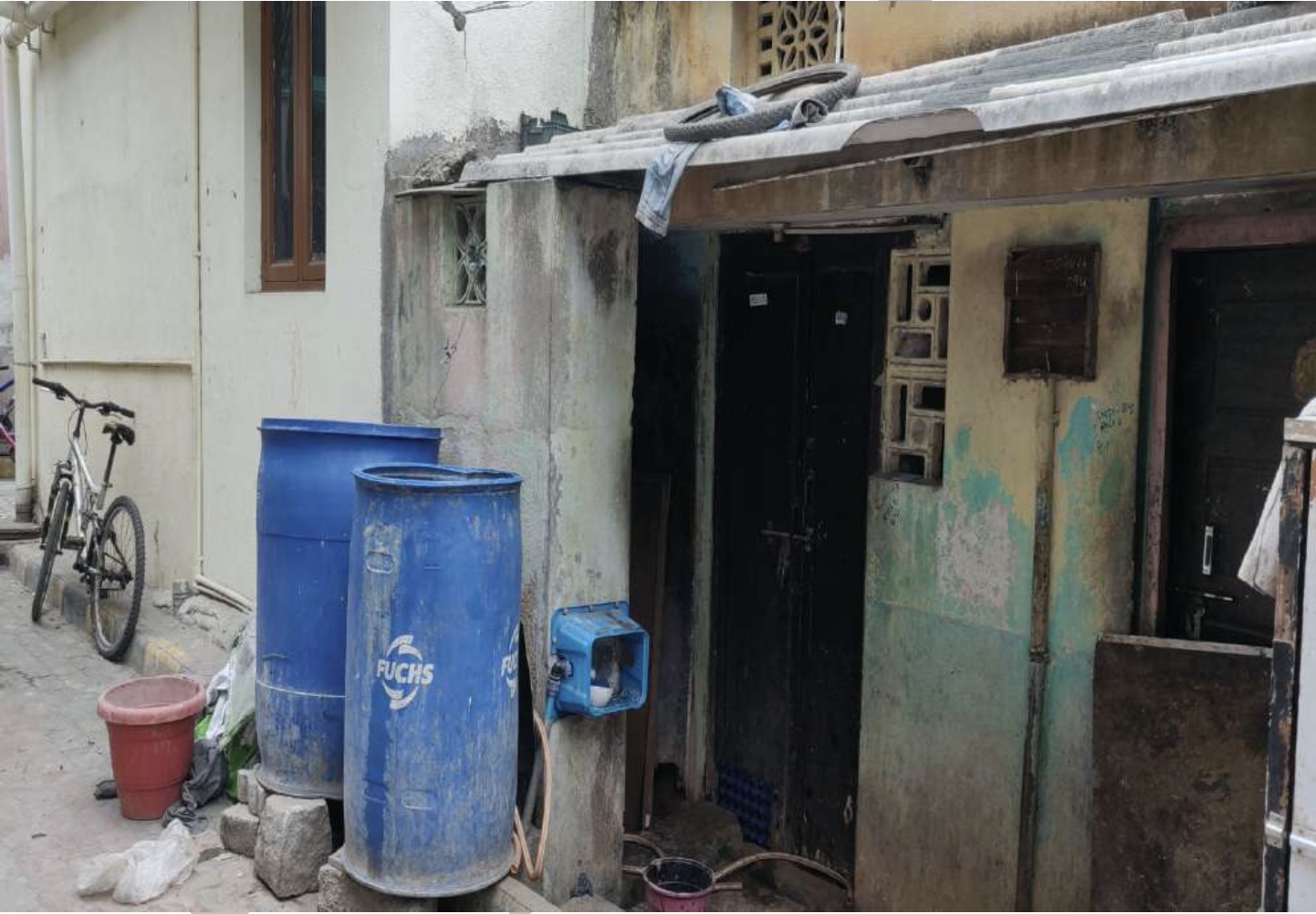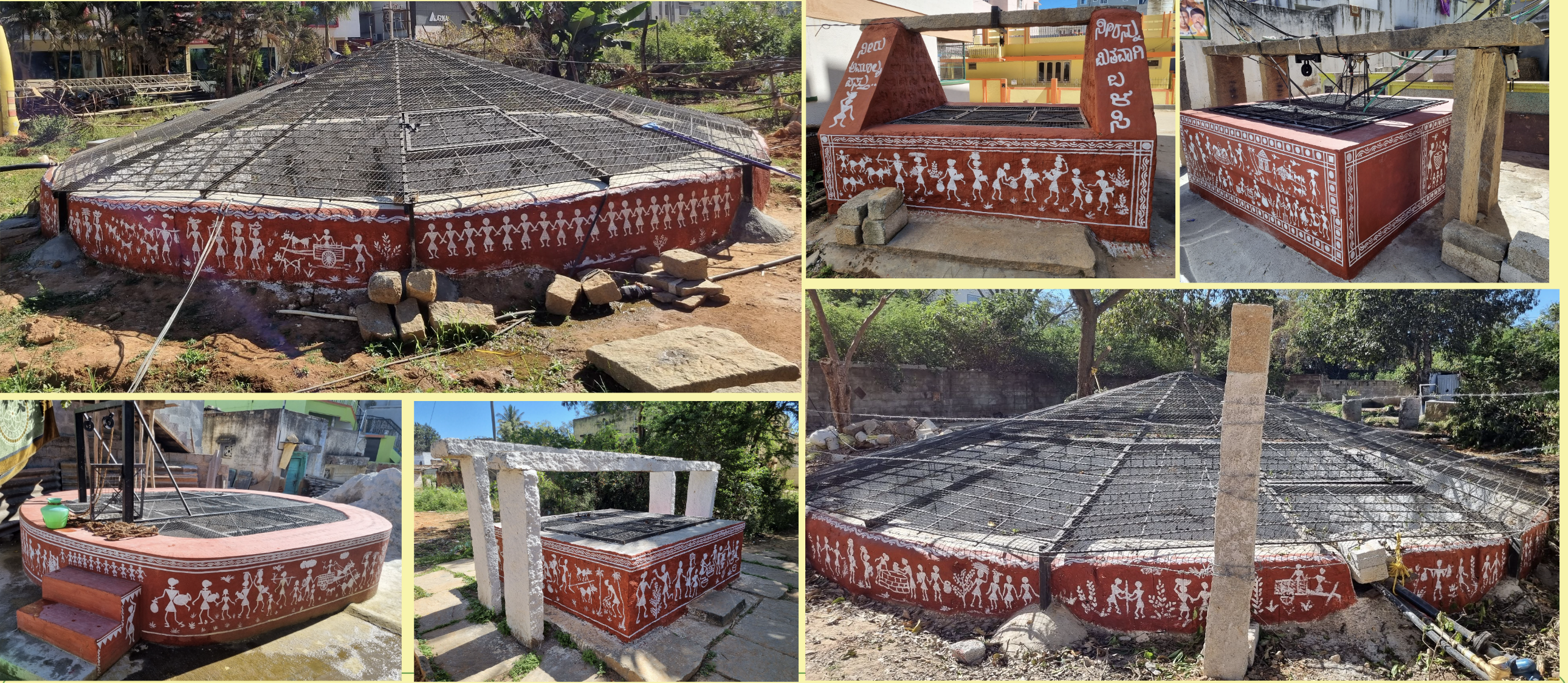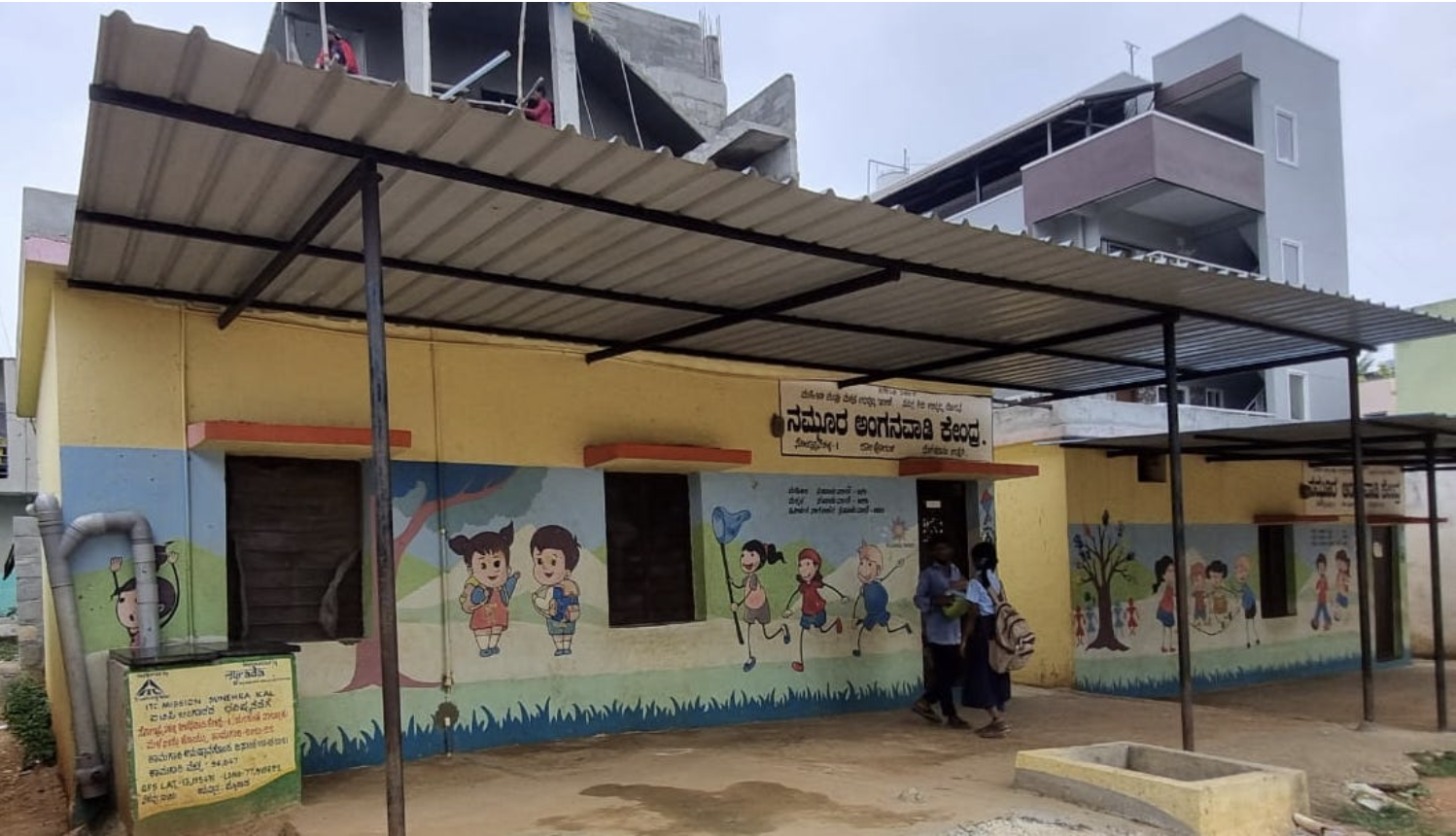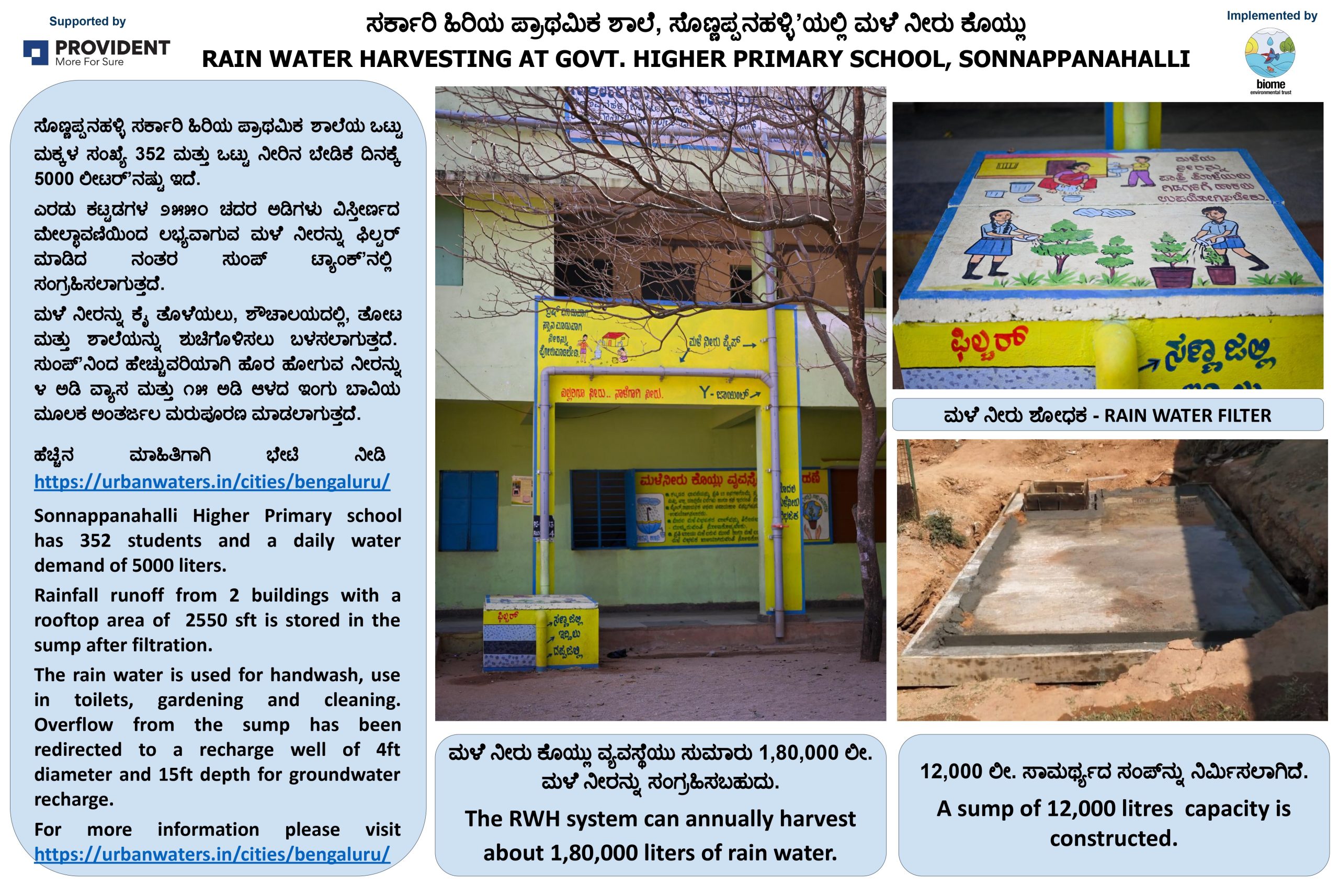Drinking Water Standards
When we think about preventing water contamination, the first thing that comes to mind is boiling water to destroy microbes. Avoiding microbial contamination is the reason we avoid water from roadside eateries as well. But contamination is a more complex issue, and the type of contaminant and its health effects vary depending on our water source. The health impacts of water contamination can vary anywhere from a bout of stomach infection to terminal illnesses like cancer. The methods of water purification to ensure safe water depend on the specific contaminants in each person’s water source.
Standards for potable water
So what exactly are the different types of contaminants in water, and what water is potable? In India, potable water is that which meets standards set by the BIS (Bureau of Indian Standards). Drinking water standard was first published in India in 1983, and revised in 1991. This was again revised in 2012 to upgrade it in line with global specifications like that of WHO and EU. Thus the latest version is BIS 10500 : 2012, which sets physical, chemical and bacteriological parameters to ensure potability of water.
Physical parameters are the most obvious aspects that we can perceive directly. These are colour, odour, taste, pH, turbidity and Total Dissolved Solids (TDS). Turbidity is the haziness of water due to suspended particles in it, which you can see if you hold a glass of water against light. Municipal water supply agencies usually use sand filters to remove suspended particles. TDS is the measure of total solids dissolved in the water.
Next come chemical parameters. If your residence receives municipal water supply in Bengaluru, which comes from the river Cauvery (surface water), the chances of chemical contamination are low because the water is treated at the source before it is piped. Chemical contaminants are most likely to occur in groundwater, i.e., the water in wells and borewells. Groundwater is basically water that has percolated down the earth through layers of rocks and soil, and has accumulated underground. In the course of percolation, the water comes in contact with various salts and minerals, which can cause chemical contamination. These contaminants get dissolved in water, and hence are not directly visible.
Dissolved salts like nitrate and fluoride are included under the chemical parameters in the BIS. These types of salts vary across areas, depending on both geological factors and human activities. High levels of nitrate is linked with Blue Baby Syndrome, an oxygen deprivation disorder among babies, that could be fatal. Nitrate contamination of groundwater is quite common in Bengaluru due to untreated sewage and high use of fertilisers in the city’s peripheries.
In some parts of India, fluorosis, a condition that causes discolouration of teeth and sometimes skeletal changes, is quite common. It is caused by fluoride contamination of water, mostly attributed to geological factors. TDS, one of the physical parameters mentioned earlier, is in fact an aggregate measure of all these dissolved salts.
Chemical parameters also include toxic contaminants – heavy metals like lead, pesticides, and compounds like cyanide. Radioactive substances are also included. These contaminants can occur both in surface water and groundwater, though these are usually only found in water sources located close to industries, mines, landfills or in areas of high radioactivity. In general, pesticides now occur more commonly in water. Toxic contaminants can accumulate in the body upon long term exposure, and cause cancer, liver damage etc. While most toxic contaminants are the result of human activity, some like arsenic exist naturally too. Arsenic, a carcinogen, is found naturally in the groundwater in Gangetic Plain.
As urban residents increasingly use groundwater – whether from open wells, borewells or tanker supply – concerns about water contamination have also increased, as have the popularity and use of Reverse Osmosis (RO) purifiers. RO systems are highly energy-intensive water purifiers that can remove most chemical contamination and microorganisms in one go. It concentrates contaminants in one part of the water, and cleans the rest. The water that is rejected from the system is more harmful than the original source, and should be disposed off carefully.
Bacteriological parameters are set by the BIS appear only for bacteria – faecal coliform and total coliform. The standards state that these bacteria should not exist in potable water at all. Faecal coliform, which mostly comes from the faecal matter of humans or animals, is quite common in water sources in India. Household treatment systems, simple filters with chlorine tablets, more sophisticated UV filtration systems – all remove faecal and total coliform.
To remove bacterial contamination, municipal water supply agencies chlorinate water. After chlorination, the treated water would have ‘residual, free chlorine’, which is usually 2 ppm, or 2 mg of chlorine per litre of water. This ensures that new microbes that may enter water later also get killed. However, even in the case of municipal water supply, we may use filtration systems to remove bacteria, as water can become contaminated while moving along supply lines or while in municipal water tanks.
The safety of drinking water depends not only on water quality, but also on our bodies’ immunity. It is best to get our regular water source tested at a local water testing lab at least once a year. You can use this information to select the appropriate treatment system instead of using a random purifier.
Ultimately, it is important to remember that the contaminants in our water come from us–all forms of waste, solid and liquid, industrial, agricultural etc. are released into the environment because of human activity. These are the wastes that find their way back to us through our water. This makes it it all more important to protect our water sources.
Further Reading:


